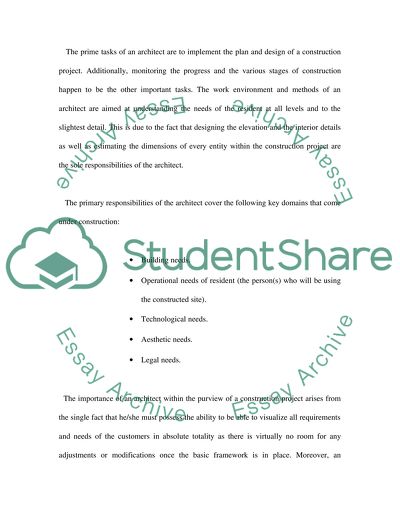Cite this document
(“Built environment organisation and Process Essay”, n.d.)
Retrieved from https://studentshare.org/miscellaneous/1509175-built-environment-organisation-and-process
Retrieved from https://studentshare.org/miscellaneous/1509175-built-environment-organisation-and-process
(Built Environment Organisation and Process Essay)
https://studentshare.org/miscellaneous/1509175-built-environment-organisation-and-process.
https://studentshare.org/miscellaneous/1509175-built-environment-organisation-and-process.
“Built Environment Organisation and Process Essay”, n.d. https://studentshare.org/miscellaneous/1509175-built-environment-organisation-and-process.


